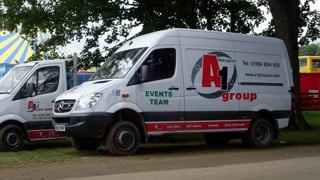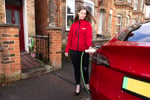Some companies take this a step further by making air quality and not just CO2 emissions part of their CSR commitments.
Camden Council, for example, selects its new vehicles from a fuel and technology hierarchy.
Electric vehicles sit at the top of the hierarchy meaning they are the first vehicles the council considers procuring.
This is followed by bio-methane, hybrid, LPG, CNG/LNG, retrofit hybrid assist, bio-diesel/bio-ethanol and petrol/diesel fitted with particle trap.
Although taxi firm Addison Lee also invests in alternative fuel vehicles – it has one of the largest fleets of hybrid vehicles in the UK – it believes the most effective way to reduce its environmental impact is to make the fleet more efficient.
It has developed an auto-allocation system that has significantly reduced ‘dead mileage’ (the distance driven without passengers on board).
Addison Lee has also joined the Change London Emissions Mitigation Scheme, which allows companies to mitigate their carbon, particulate matter 10 (PM10) and nitrogen oxide (NOx) emissions by funding air quality schemes in the UK.
Roddy Graham, commercial director at Leasedrive Group and chairman of the Institute of Car Fleet Management (ICFM), says that he has seen more interest in CSR from companies but the level of interest varies.
He suggests companies are more inclined to reduce emissions rather than focus on safety aspects such as taking the road risk message out into the community.
“The financial benefits are more obvious and more instant because of the link between CO2 emissions and taxation,” he says. “There are probably bigger financial savings from safety, but the payback is cloudier.”
Safety
Health and safety legislation, which stipulates that all companies have a duty of care to their drivers, should mean that companies address road risk.
Road risk measures include online assessments with training based on the level of risk (typically workshops for low and medium risk drivers and on-the-road-training for high risk drivers), as well as licence and regular maintenance and vehicle condition checks.
There should also be measures for the company’s grey fleet (privately-owned vehicles used on company business) – checking they have the appropriate business insurance and driving licence and that the vehicles has a valid MOT and is serviced regularly.
Some companies take their grey responsibilities further by bringing the grey fleet in-line with the company car policy.
For example, stating that vehicles may be no older than five years.





















Login to comment
Comments
No comments have been made yet.